Perhaps a better question might be “What can’t I do on a rigid heddle loom?”. Yes, it’s that versatile!
I already mentioned in the previous post that you can create more complex patterns by using multiple heddles/reeds. For example, if I want to weave a 4 shaft pattern, I can use 3 heddles/reeds to achieve that, as demonstrated in my Three Heddle Adventures class. Or, if I want to use 2 heddles I can also weave some really awesome patterns, as demonstrated in my Weaving with Two Heddles class. However, many rigid heddle weavers also achieve more complex patterns by using pick up sticks to manipulate threads that are threaded in the slots of the heddle/reed. You could think of these threads as “uncommitted”, (not threaded in a hole) so free to play around with. One of the more impressive examples of complex patterns with pick up sticks is Jeen’s Pinwheels, which is actually an 8 shaft pattern! You can see another great example of that on FarmNana. I also have a simplified 4 shaft pinwheels class if that interests you!
I already mentioned in the previous post that you can create more complex patterns by using multiple heddles/reeds. For example, if I want to weave a 4 shaft pattern, I can use 3 heddles/reeds to achieve that, as demonstrated in my Three Heddle Adventures class. Or, if I want to use 2 heddles I can also weave some really awesome patterns, as demonstrated in my Weaving with Two Heddles class. However, many rigid heddle weavers also achieve more complex patterns by using pick up sticks to manipulate threads that are threaded in the slots of the heddle/reed. You could think of these threads as “uncommitted”, (not threaded in a hole) so free to play around with. One of the more impressive examples of complex patterns with pick up sticks is Jeen’s Pinwheels, which is actually an 8 shaft pattern! You can see another great example of that on FarmNana. I also have a simplified 4 shaft pinwheels class if that interests you!
My Midnight Shawl pattern uses 2 heddles/reeds to achieve a diamond pattern.
Another great boon to rigid heddle weavers is the use of Colour and Weave techniques. To break it down to a simple form, you arrange your warp and weft colours in such a way that, even though you’re usually working plain weave, it can look like an impressive and complicated pattern.
My Log Cabin Table Runner is a good example of the use of Colour and Weave.
My newest Youtube video shows you what you can do by thinking outside the box. I show you how to make a wavy and a zigzag shuttle from cardboard, so fun!
Did you know that you can use your rigid heddle loom for tapestry too? You can read more about that in this post. I also share my tapestry thoughts in this video.
There are many possibilities with tapestry on the rigid heddle loom! This video series outlines the use of freestyle tapestry.
Krokbragd is one of my favourite weave structures, and is easily achievable on a rigid heddle loom. I have written about it, and have many videos on Youtube, as well as a few online classes. I just love it!
I could really go on and on because there is so much more you can do with this humble loom. Hopefully what I’ve written here has convinced you of the capabilities of rigid heddle weaving and given you some more material to look into.
Until next time…
Happy Weaving!

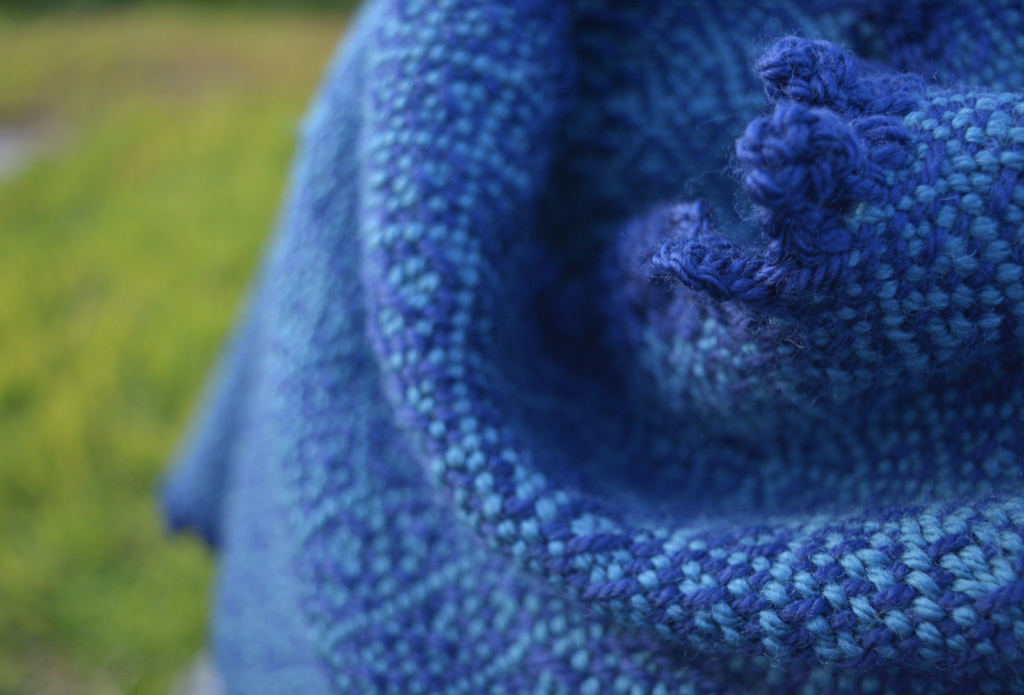
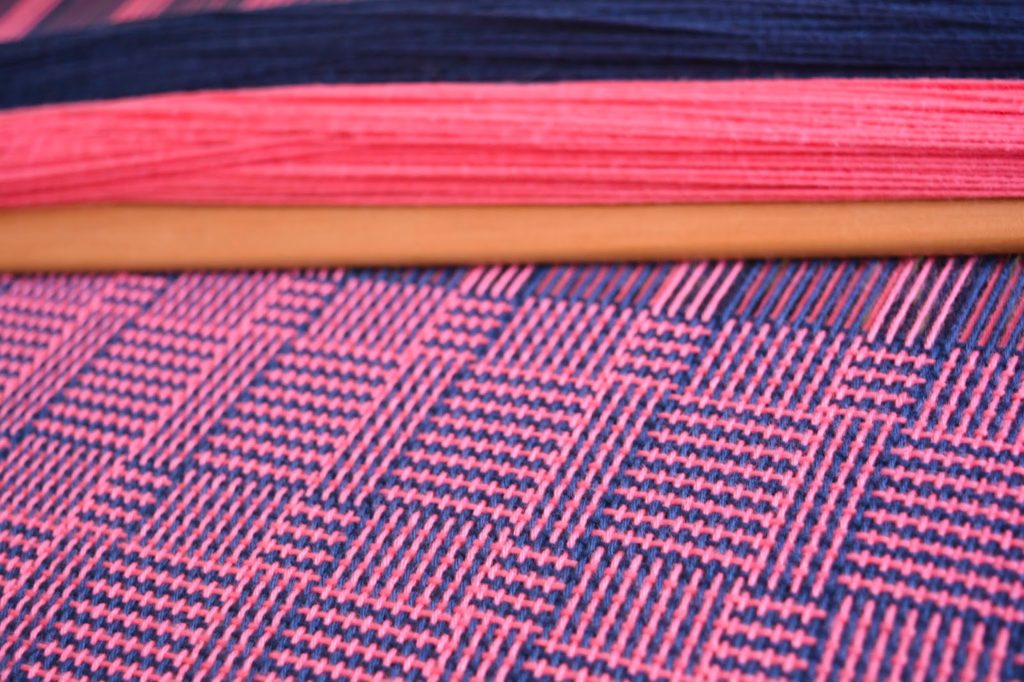
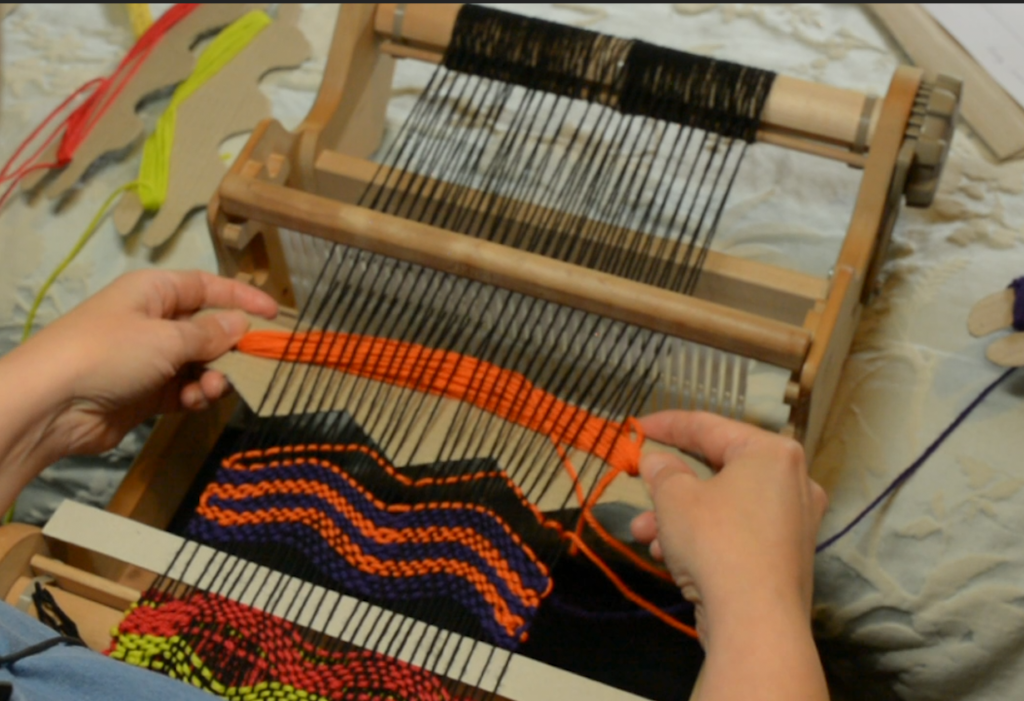
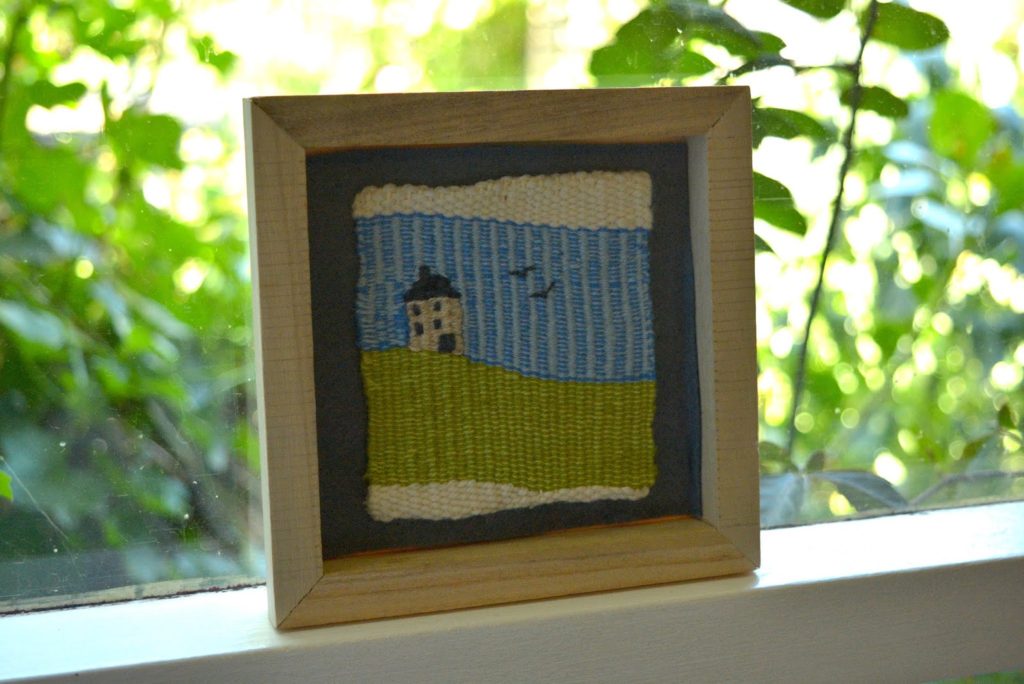
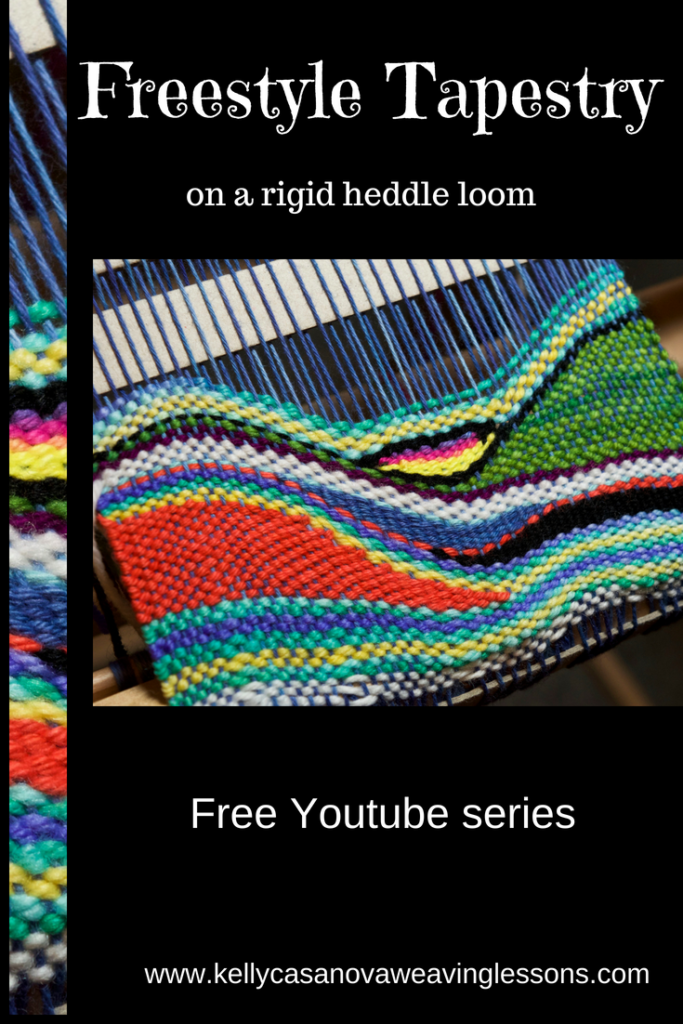
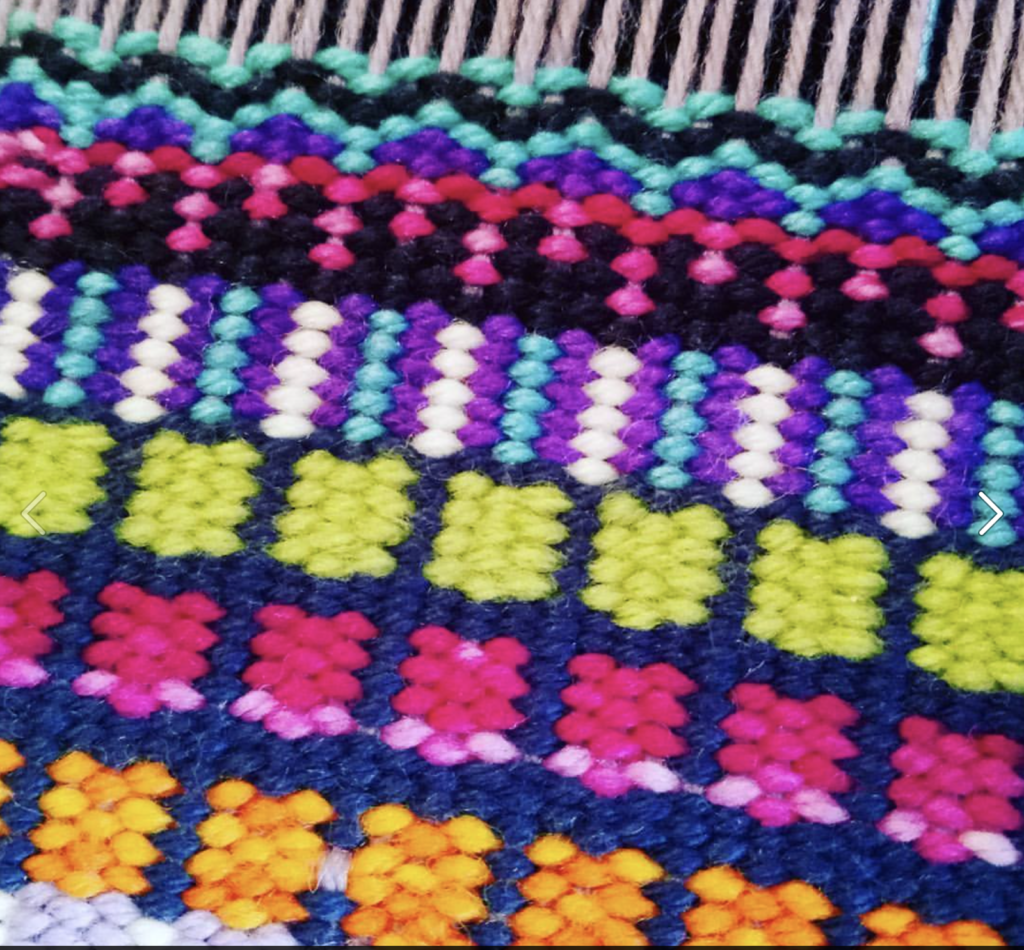
Thank your for all your great tutorials and video’s. I have learned so much from you. I was wondering if you know of a way to make multiple pot holders by just warping the loom once and somehow dividing it up to separate the individual potholders. I just can’t figure out how to finish of the one raw edge without making one potholder at a time. Hope this makes sense to you.
Thank you very much!
Hi Nancy, some weavers choose to weave more than one item at once by dividing the warp into sections (this is done when you’re actually warping the loom). You leave gaps in the warp in between the project. Then you use a shuttle for each section and weave and beat them at the same time, but the weft for each item only goes back and forth in that section rather than right across the width of the loom.
Hope that makes sense!
I just got a backstrap loom and my brother 3d printed some heddles. Can I do similar things (or the same things) on a backstrap loom as a rigid heddle if I use heddles on the backstrap? I have a small space and wanted something I could roll up into a smaller bundle. I also only got an 18″ loom. Maybe should have done a 24″ one?
Hi Reelynnn,
Backstrap weaving is often warp faced, so it is great for weaving bands or thicker, sturdier fabric. But I encourage you to spend a bit of time googling to see how creative weavers can be with a backstrap set up 😊
Better on a loom than on a computer have signed up for your email but for the life of me cannot find the PDF for the Moroccan dream scarf 🤦♀️ I have rod heddle and pick up sticks all ready to go With some lush yarn but no pattern any prodding g in the right direction for this pdf would be great… thank you
Just emailed it to you Denise 😊
Brigitte, Three Heddle Adventure is a separate class, it's not included in a membership.
Marjan, if you find the place where they sell time, I want in!!
Hi Kelly
I have the yearly subscription and I cannot find the class with three heddles
You have shown many possibilities in this blog, thank you for that.
You are so right; there is so much possible on a RHL!
What I haven't done yet, but still is on my to-do-list is bandweaving on the RHL. Cause I don't own a inkle loom I decided I will try it on the RHL. There is only one problem: I still can't find a place where they sell time…😊
Thank you Margaret,
Yes, that class has an intro to weaving double width, but if you need extra, step by step help, the Doubleweave baby blanket is just the ticket 😉
Thanks Kelly. I have just purchased the double heddle lesson and look forward to finally learning how to warp for a second heddle and how to create different patterns and textures.
I was looking to learn how to make a piece of fabric twice as wide by using the second heddle so hope to find that in the videos. If not, I am sure there is another lesson I can learn that in 🙂
{I have some larger cushions I wish to make covers for and my little 16" loom is not quite wide enough!}
Thanks again for the gentle push with this blog post to sign up.
Margaret
(margaretev on instagram)